If you’re brand‑new to cutting hair with clippers, breathe. You don’t need a barber’s license to give a clean, comfortable cut at home—just the right prep, a simple plan, and a steady pace. This beginner‑friendly guide shows you how to cut hair with clippers (including how to cut men’s hair with clippers, how to cut your own hair with clippers, and how to cut boys’ hair with clippers) using clear steps anyone can follow.
Quick Start (the 30‑second version)
- Start longer than you think. Use a higher guard first (e.g., #4), then step down if you want shorter.
- Cut the sides and back first, bottom‑to‑top, with the lever open (longer). Stop at the “horseshoe” around the head.
- Blend the line by opening/closing the lever and using the next guard up.
- Top last: go front‑to‑back with a longer guard or use clipper‑over‑comb for more control.
- Edges & neckline: finish with no guard (or a trimmer), light touch, short taps.
- Clean, oil, and brush the clippers before storing.
What you’ll need
- Hair clippers with a taper lever and guards (guide combs)
- Cape or towel, clips, spray bottle (light mist only), comb, mirror(s)
- Neck brush and a handheld vacuum or lint roller for cleanup
- Optional: trimmer/edger for sharp outlines
Guard numbers, made simple (approx.)
-
#1 ≈ 3 mm, #2 ≈ 6 mm, #3 ≈ 10 mm, #4 ≈ 13 mm, #5 ≈ 16 mm, #6 ≈ 19 mm, #7 ≈ 22 mm, #8 ≈ 25 mm
Your clippers may include half‑guards (e.g., #1.5) for smoother blends. The taper lever makes micro‑adjustments: closed = shorter, open = slightly longer without changing guards.
Pre‑cut prep (don’t skip)
- Wash and fully dry the hair. Clippers work best on clean, dry hair.
- Detangle and part the hair where it naturally splits. Clip the top out of the way.
- Set expectations: agree on “short, medium, or longer on top?” A quick photo reference helps.
- Lighting & mirrors: bright light and, for self‑cuts, a second mirror behind you.
Step‑by‑Step: How to Cut Hair with Clippers (for beginners)
1) Sides and back first
- Guard: start with #4 if you’re unsure; you can drop to #3 or #2 later.
- Motion: run the clippers upward from the neckline, against the grain (opposite hair growth), then flick out at the “horseshoe” around the head (roughly temple to occipital bone).
- Leverage the lever: start open (longer). If it’s still too long, close it slightly or step down one guard.
- Keep it symmetrical: do a pass on the right side, then mirror it on the left, then the back.
2) Establish the blend
- Drop the guard half a step (e.g., from #4 to #3, or use a #3 with the lever open).
- Use short, scooping strokes right on the line.
- Rock the clipper—flat against the head at the bottom of the stroke, then roll out as you move up.
3) Cut the top
Two beginner‑friendly options:
- Guard‑only top: Choose a guard that leaves the length you want (#6–#8 for longer top, #4–#5 for shorter). Run front to back, then cross‑check side to side for missed spots.
- Clipper‑over‑comb: Hold a comb to lift hair vertically; run the clipper blade along the comb’s teeth. This keeps length and adds shape. Start conservative and take tiny passes.
4) Refine the shape
- Weight line removal: If you see a bulky “shelf,” try a half‑guard (e.g., #1.5) with lever open and feather it.
- Crown & cowlicks: Always start longer around swirls; hair stands up there. If you still see puffiness, go one guard shorter with the lever open, light passes.
5) Edges, ears, and neckline
- Around ears: use a smaller guard or no guard with gentle, tapping motions. Fold the ear down slightly; don’t chase perfection—keep it natural.
- Sideburns: cut downward to the desired length; match both sides to the same reference (mid‑ear or top of ear).
Neckline:
- Natural/tapered (beginner‑safe): use a #1 or #2 and gradually fade down into the neck.
- Squared/blocked (sharper): use no guard and tap a clean edge. Keep it straight by using small, horizontal dabs—don’t draw one long line.
6) Final checks
- Brush off clippings and cross‑check in different light.
- If any areas look darker, it’s bulk—do two gentle, upward passes with the next longer guard.
- Stop when it looks even all around. A neat, even cut beats “chasing perfection” into patchiness.
How to cut men’s hair with clippers (classic short back & sides)
- Sides/back: #3 (lever open), then blend with #2 (lever open).
- Top: #5–#6 guard front‑to‑back, or clipper‑over‑comb for more fullness.
- Transition: use #3 closed or #2.5 (if you have half‑guards) right on the ridge line.
- Finish: natural neckline, clean sideburns to mid‑ear.
Fast “recipes” you can trust
- Buzz cut (even all over): choose a single guard (#3 is a popular start). Go with‑grain first for control, then against‑grain for uniformity.
- High & tight: sides/back #1–#2, high horseshoe line; top #3–#4. Blend lightly with lever work.
- Crew cut: sides/back #2–#3, top #4–#6; slightly shorter at crown than front to keep shape.
- Simple low fade (beginner): neckline #1, mid‑head #2, near top #3; blend the steps with half‑guard and lever.
How to cut your own hair with clippers (solo method)
- Mirror setup: one wall mirror + a second handheld (or tri‑fold mirror).
- Divide the head: imagine four zones—right side, left side, back, top. Work one zone at a time.
- Sensible starting point: #4 guard, lever open on sides/back. Feel for evenness with your free hand.
- Back of head: tilt your chin down. Use short upward strokes, stopping by feel at the ridge; check with the handheld mirror every few passes.
- Blend with sound and feel: listen for the clipper pitch change (it lightens when less hair is being cut). Use the half‑guard for stubborn lines.
- Top: longer guard front‑to‑back; then cross‑check side‑to‑side.
- Edges: go slow. Use the corner of the blade for taps, not swipes. If in doubt, leave the outline soft and natural.
How to cut boys’ hair with clippers (calm, quick, safe)
- Keep it gentle: explain each step; show the guard so it’s not scary.
- Short sessions: aim for 10–15 minutes. Take breaks if needed.
- Noise & tickle: rest the clipper on your own arm first so they feel the vibration; play their favorite music.
- Style plan: go slightly longer on top (#5–#6) and #3–#4 on the sides/back.
- Safety: two‑person rule if the child wiggles—one cuts, one distracts. Never cut if they’re moving.
Blending basics (the beginner’s cheat sheet)
- See a dark band? That’s weight. Use the next longer guard (or lever open) and flick at the line.
- Still there? Try a half‑guard with tiny, scooping strokes right on the band.
- Rough spots at the ridge: slow the clipper down and roll the wrist out earlier; don’t ride the curve of the head too far up.
- Cowlick “puffs”: start longer, then take one careful pass shorter with lever open.
Common mistakes (and easy fixes)
- Starting too short. Fix: go back up a guard and lightly blend around the too‑short patch to soften contrast.
- Moving too fast. Fix: smaller sections; overlap passes by 50%.
- Pressing hard. Fix: let the blade do the work; pressure creates tracks and skin irritation.
- Skipping lever work. Fix: open the lever to “half size” a guard and melt lines without swapping guards constantly.
- Edge anxiety. Fix: keep outlines natural your first few cuts; sharp lines can wait.
Hair type tips
- Straight, fine hair: shows lines easily. Use more lever‑open blending and half‑guards.
- Thick/coarse hair: starts longer (#4–#5 sides) and take multiple gentle passes.
- Curly/wavy hair: cut slightly longer than target—curls spring up when dry. Use clipper‑over‑comb on top for shape.
- Receding hairlines: avoid super‑square corners; keep edges soft and natural.
Hygiene, maintenance & comfort
- Before each cut: brush hair out of the blade; add 2–3 drops of clipper oil across the blade teeth, run for 10 seconds.
- During long sessions: a quick oil drop keeps heat down and cut smooth.
- After: brush, wipe the body, and store safely.
- Skin care: rinse off loose hairs; a light moisturizer at the neckline can reduce irritation.
Why these clippers work well for beginners (and what to use when)
BESTBOMG Dual‑Blade Y4
- Best when you want clean, short results and tight detailing.
- 6500 RPM gives steady power; 0.5–2.0 mm blade adjustment is perfect for tidying edges, beards, and close blends.
- 6 guide combs cover your core short lengths; great for buzz cuts, fades up to medium length, and tidy school cuts.
BESTBOMG Premium Hair Clippers
- Best when you want more versatility from short to longer‑short looks.
- 7000 RPM helps glide through thicker hair; the taper plus 8 guards give you ~1.5–19 mm coverage for classic short‑back‑and‑sides, crew cuts, and longer tops.
- Carbon steel blades aim for durability and consistent sharpness.
Simple step plans you can copy (ready‑to‑use)
The “Clean Home Haircut” (classic men’s cut)
- #3 open on sides/back, flick out at ridge.
- #2 open to blend 1–2 cm below the ridge.
- Top: #5 guard front‑to‑back, then cross‑check.
- Edge: natural neckline, tap sideburns even.
- Polish: half‑guard to erase any faint line.
The “School‑Safe” (boys’ cut)
- #4 on top for a longer finish.
- #3 on sides/back up to the horseshoe.
- Blend with #3 open → #2.5 (if you have it).
- Soft natural neckline; quick ear clean‑up.
The “Even Buzz”
- Choose one guard (common: #3).
- Go with‑grain, then against‑grain for uniformity.
- Edge lightly; done in under 10 minutes.
Troubleshooting: What if…
- I created a hard line I can’t blend? Go one guard longer than the area above the line, lever open, and feather just above the line. Then drop half a guard and kiss the line itself.
- It looks patchy on top. Hair may be laying in different directions. Do a cross pass (left‑to‑right), then a gentle with‑grain pass.
- The clippers feel hot. Pause, brush hair from the blade, add 1–2 drops of oil, and resume.
- There’s a swirl at the crown. Start longer; cut in mini‑arcs around the swirl, not straight through it.
Frequently Asked Questions:
What guard should I use for a buzz cut?
For an even all‑over buzz, beginners often like #3 (≈10 mm). If you want closer, try #2 (≈6 mm); if you want a safer first attempt, go #4 (≈13 mm). Start longer—you can always go shorter.
How do I cut men’s hair with clippers for the first time?
Work sides/back first with a #3–#4, flick out at the ridge, then blend the line with lever work and half‑guards. Do the top last with a longer guard or clipper‑over‑comb. Finish with a natural neckline. Take your time.
How can I cut my own hair with clippers at home?
Use two mirrors, divide your head into zones, and start #4 open on sides/back. Check often with the handheld mirror. Use small, upward strokes and blend with a half‑guard. Keep edges soft until you’re confident.
What’s the easiest haircut for beginners using clippers?
An even buzz or a classic short back & sides with a longer top is very beginner‑friendly. Both require minimal blending and are forgiving if you start with longer guards.
How often should I oil and clean my clippers?
Add 2–3 drops of oil before each cut (and once mid‑cut for longer sessions). Brush hair out of the blade after you finish, wipe the body, and store dry. Regular oiling keeps cuts smooth and blades cooler.
Wrap‑up
Learning how to cut hair with clippers is mostly about patience and good habits: start long, work in zones, blend slowly, and keep your tools clean. Whether you’re tackling how to cut a man’s hair with clippers, how to cut boys’ hair with clippers, or how to cut your own hair with clippers, these steps will carry you through a neat, comfortable result.
Leer más

Bestbomg Sets a New Standard in Quality and Performance
This blog highlights the best hair clippers available, with Bestbomg standing out for its exceptional quality, performance, and durability. Whether you're a professional barber or a home user, thes...

How to Sharpen Hair Clippers: Step-by-Step Guide for Smooth Cuts
Dull clippers pull, snag, and leave uneven patches. The fix isn’t complicated. With a few household tools (or a small sharpening stone), you can learn how to sharpen hair clippers at home the right...
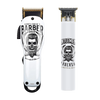
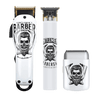
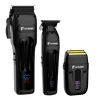
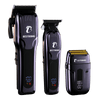
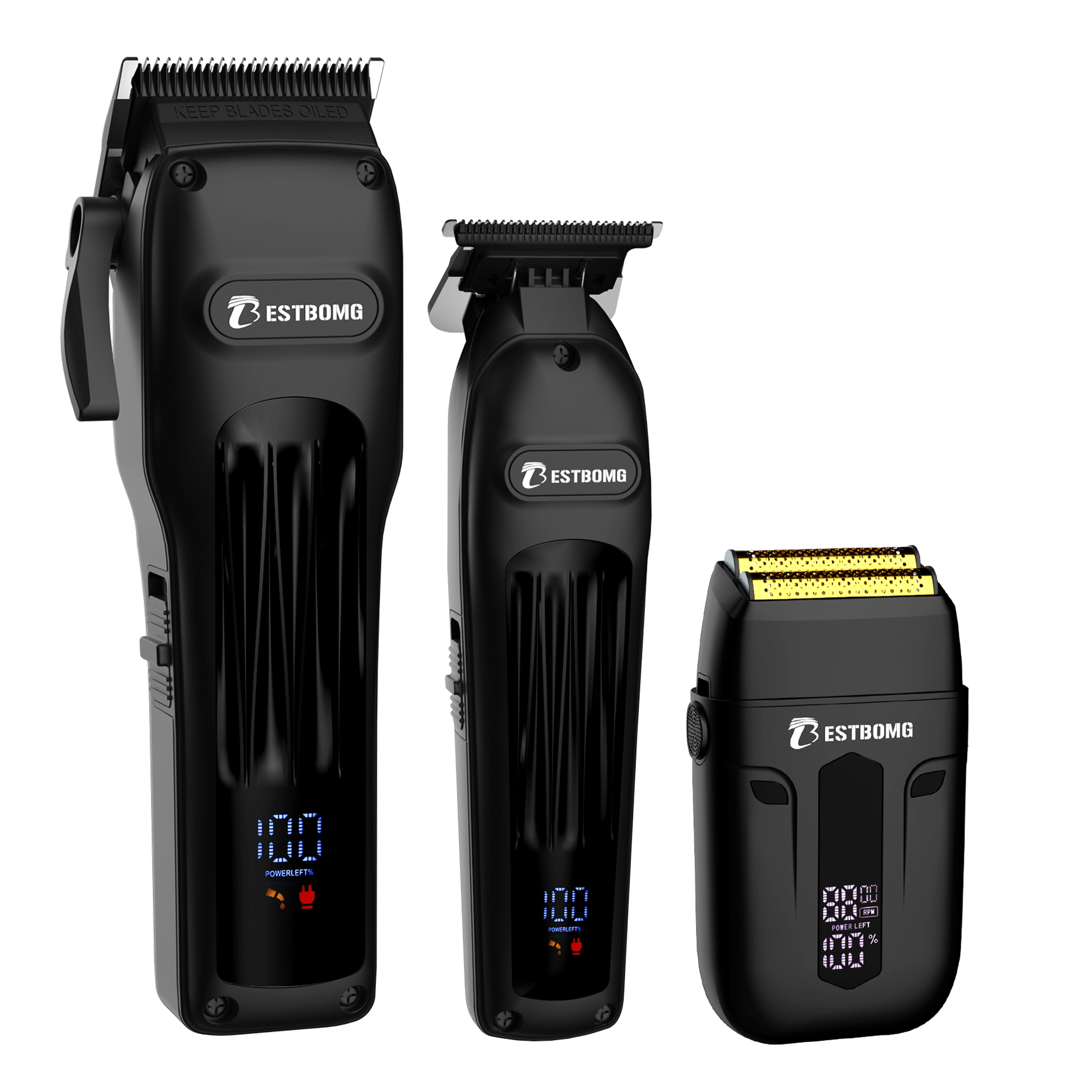
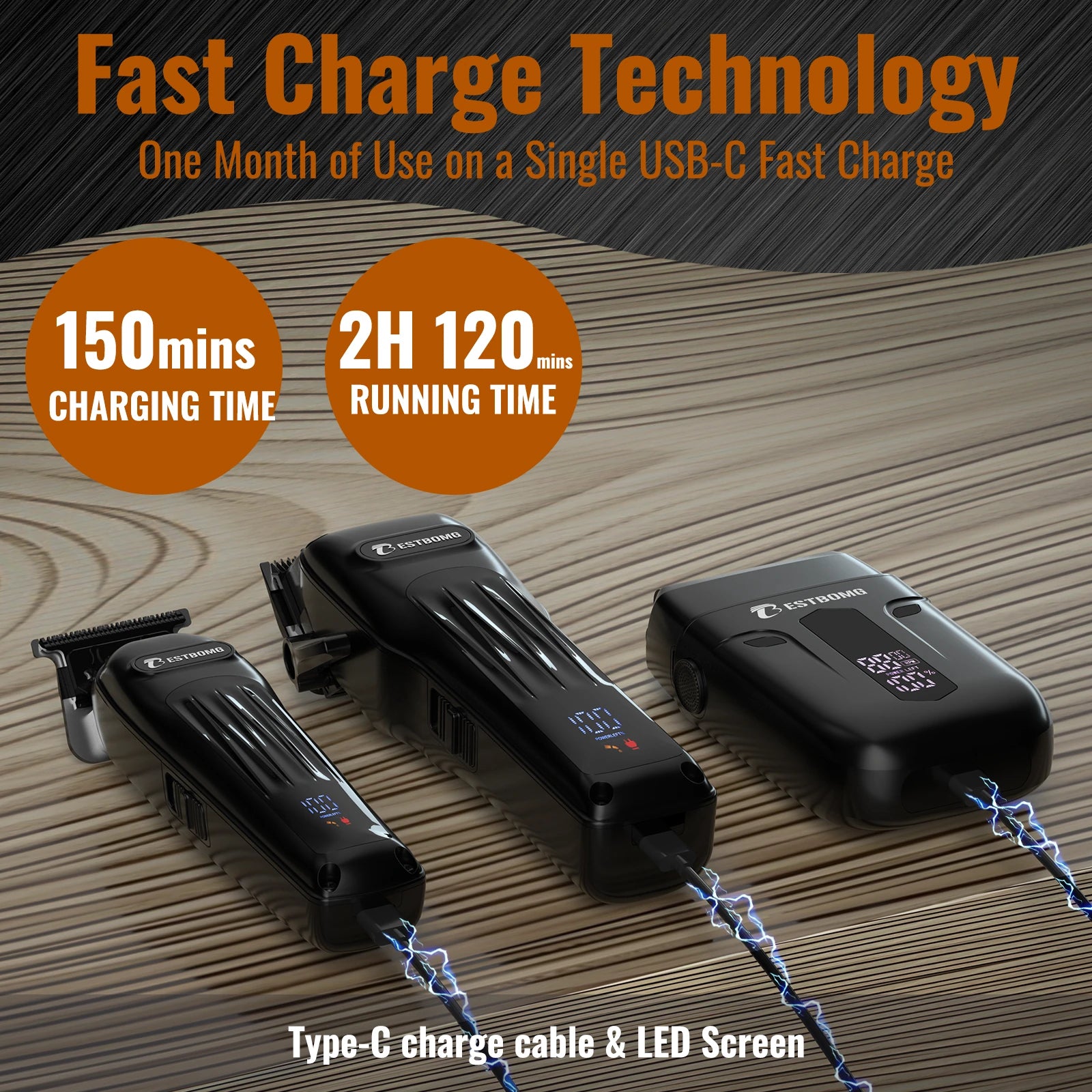
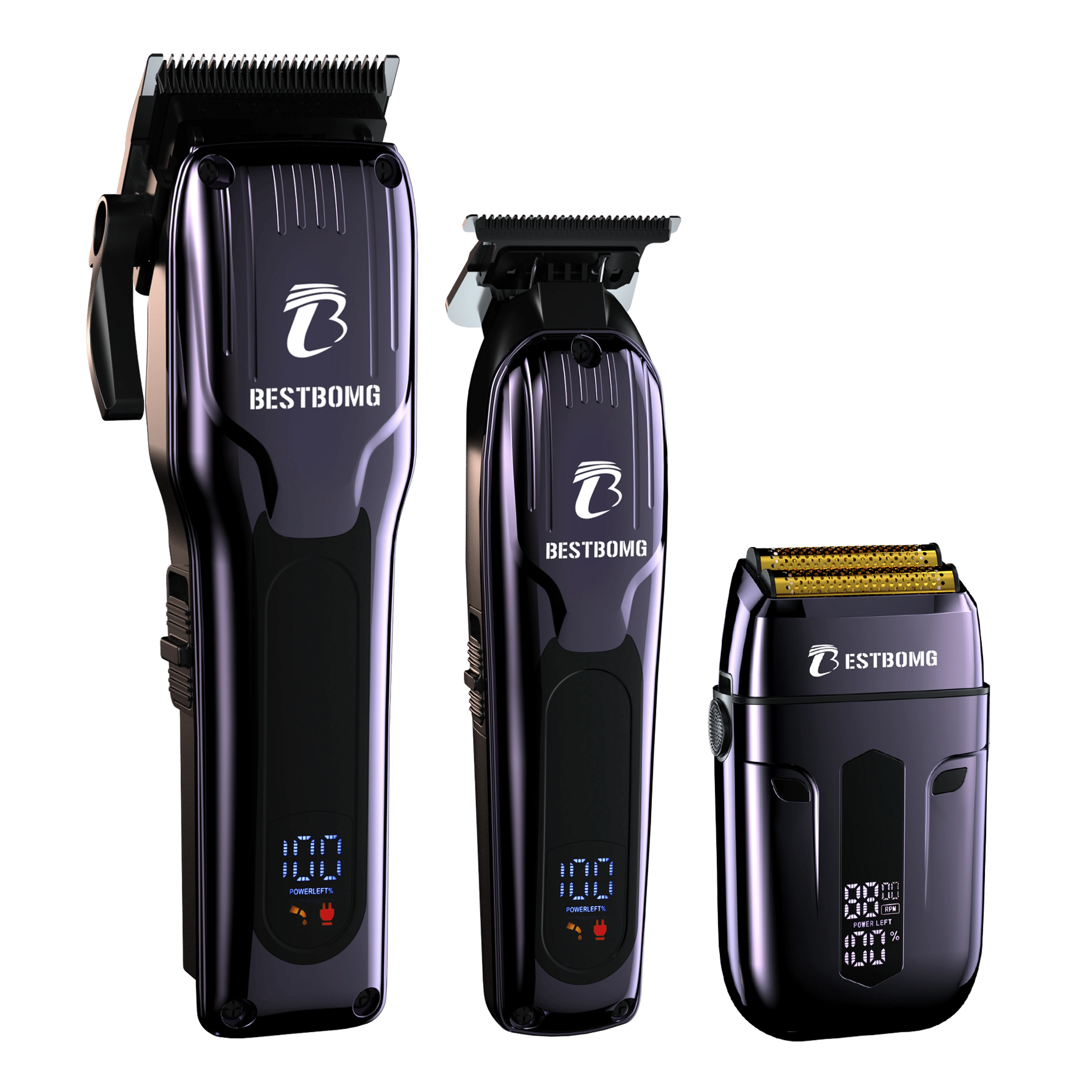

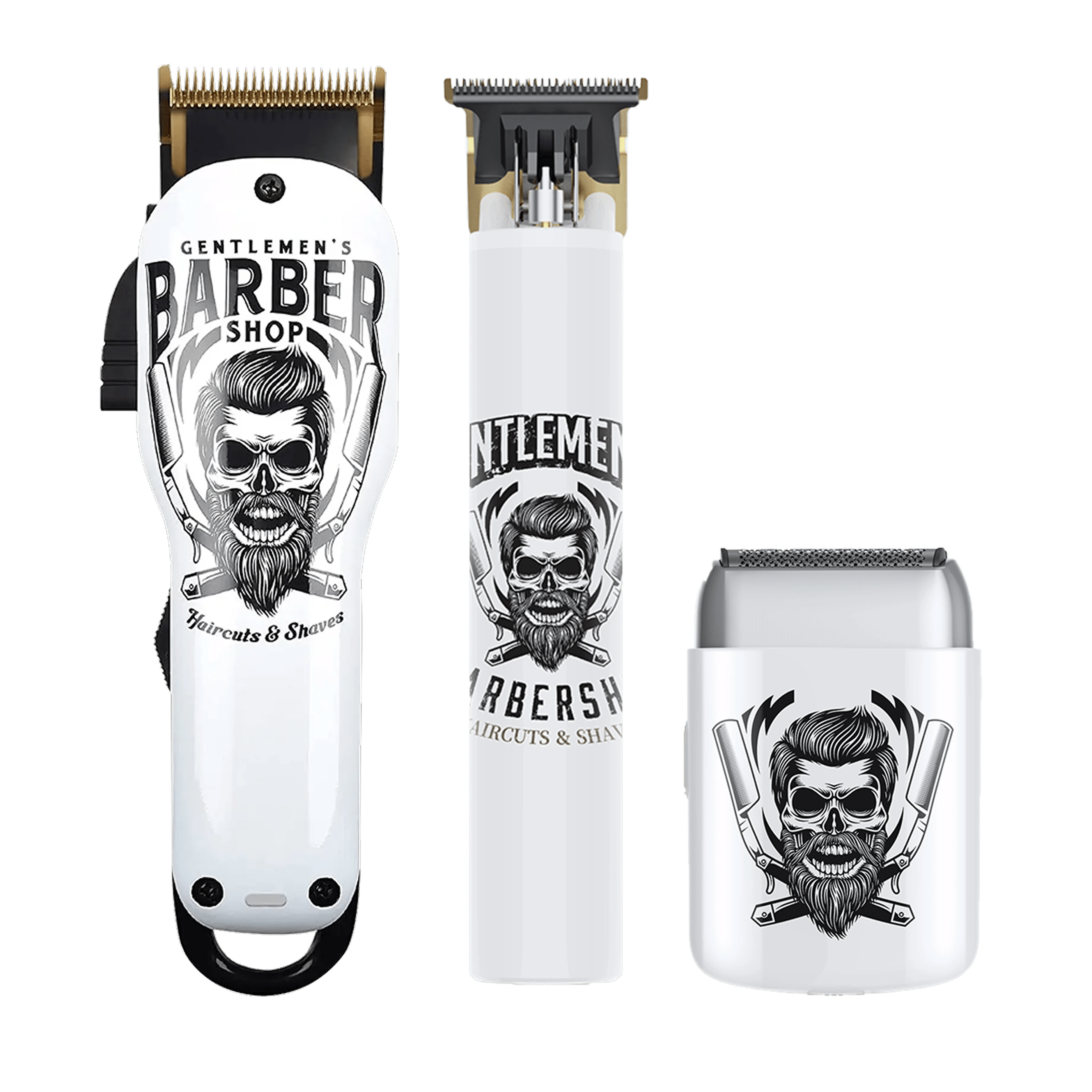

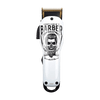

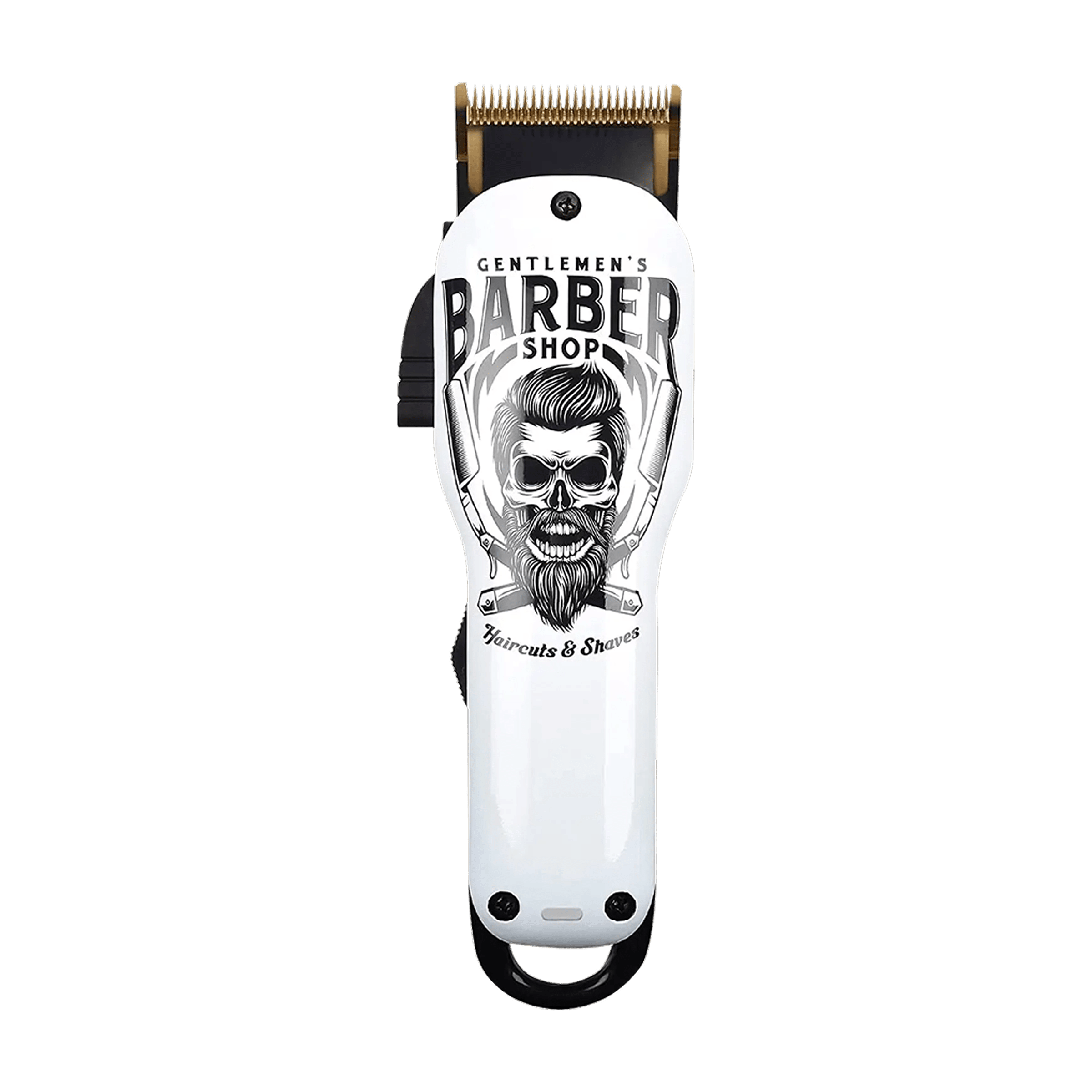

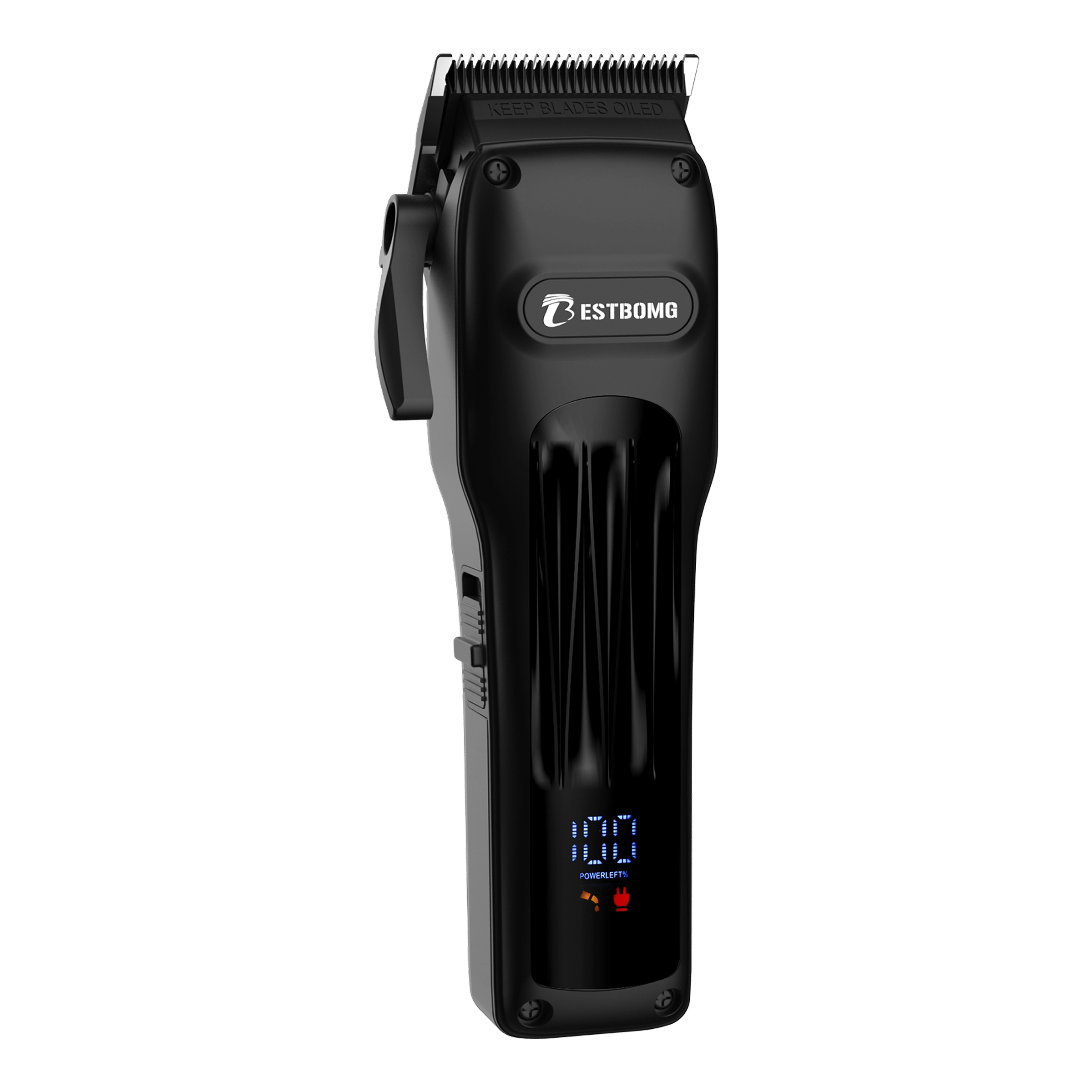
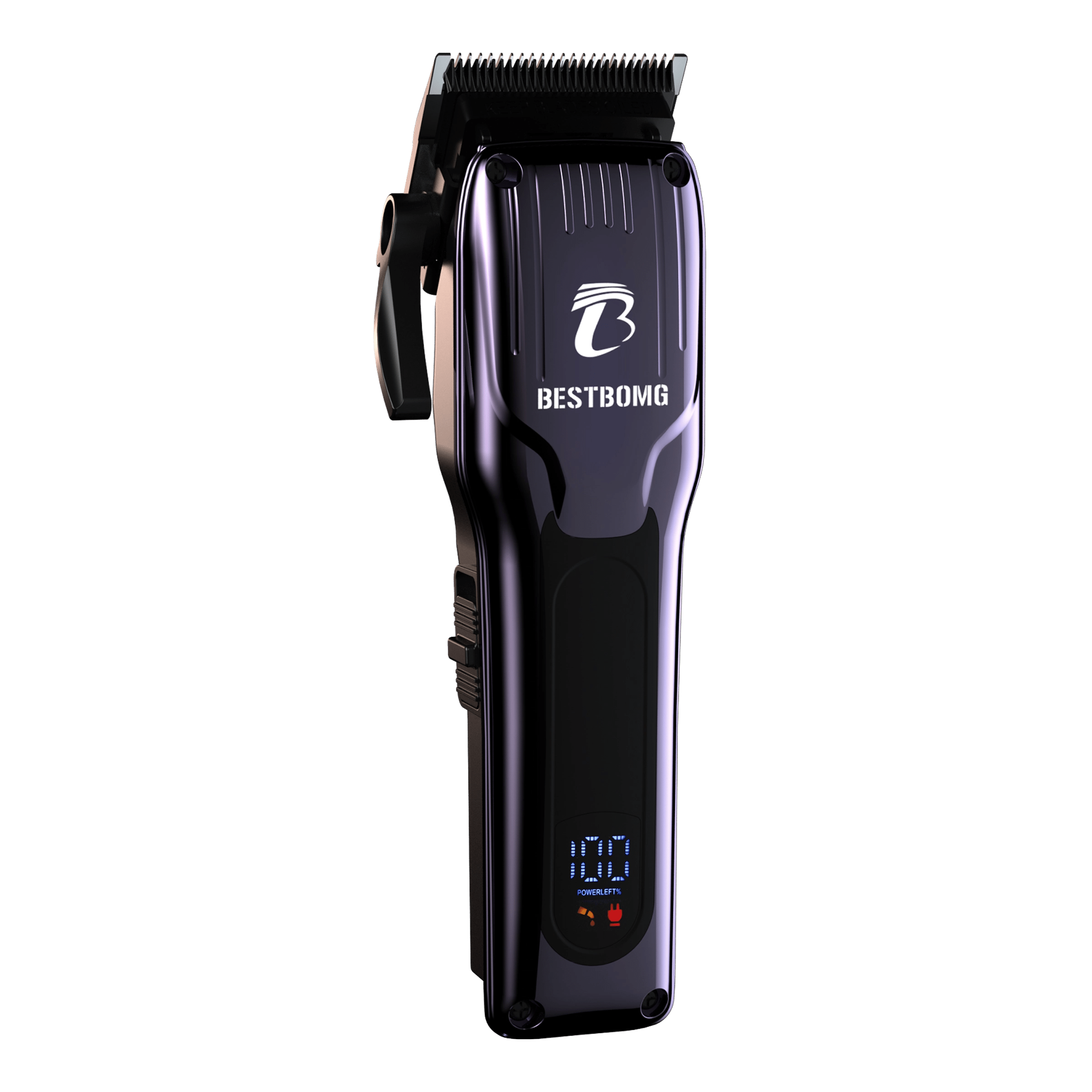
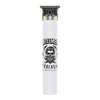

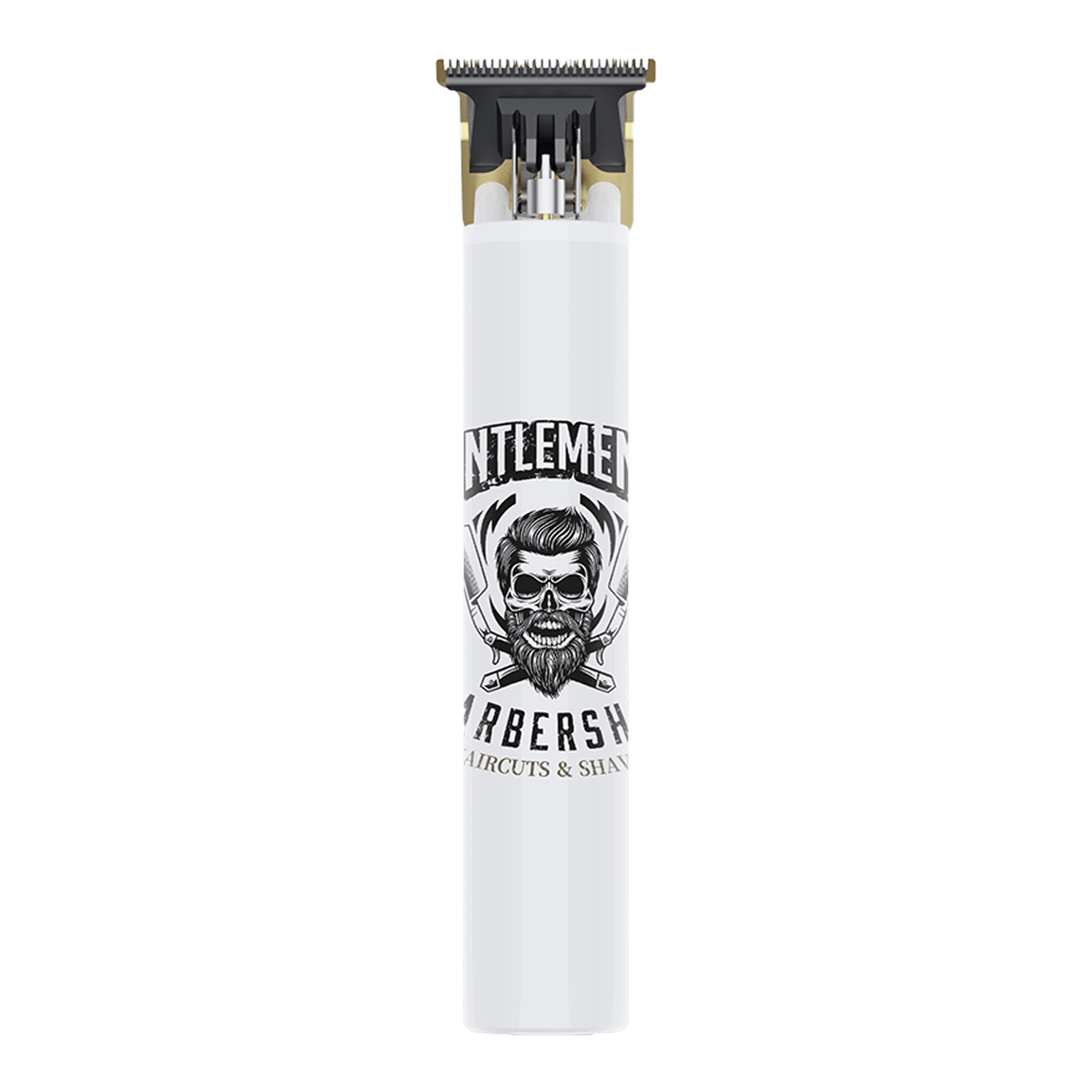

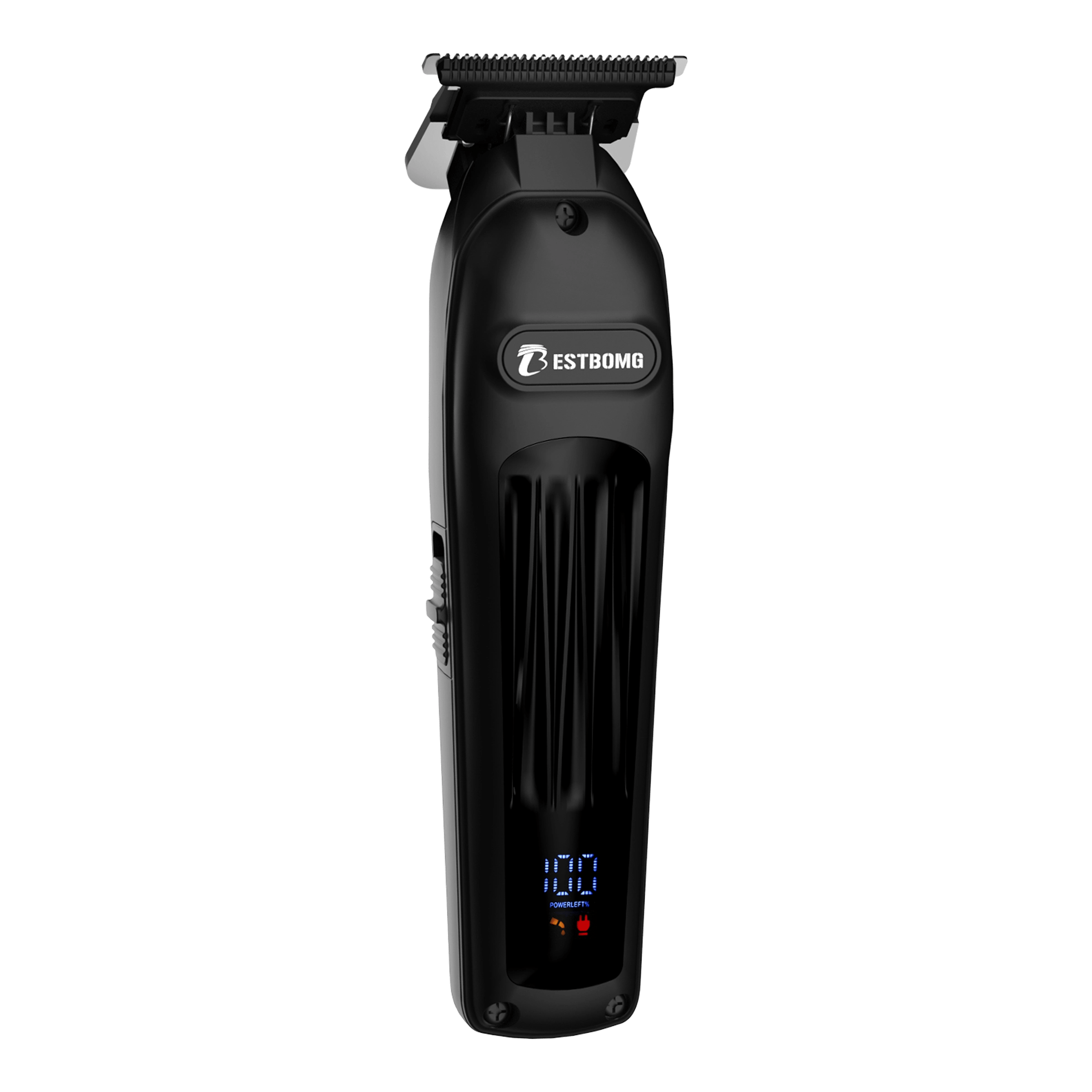

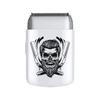

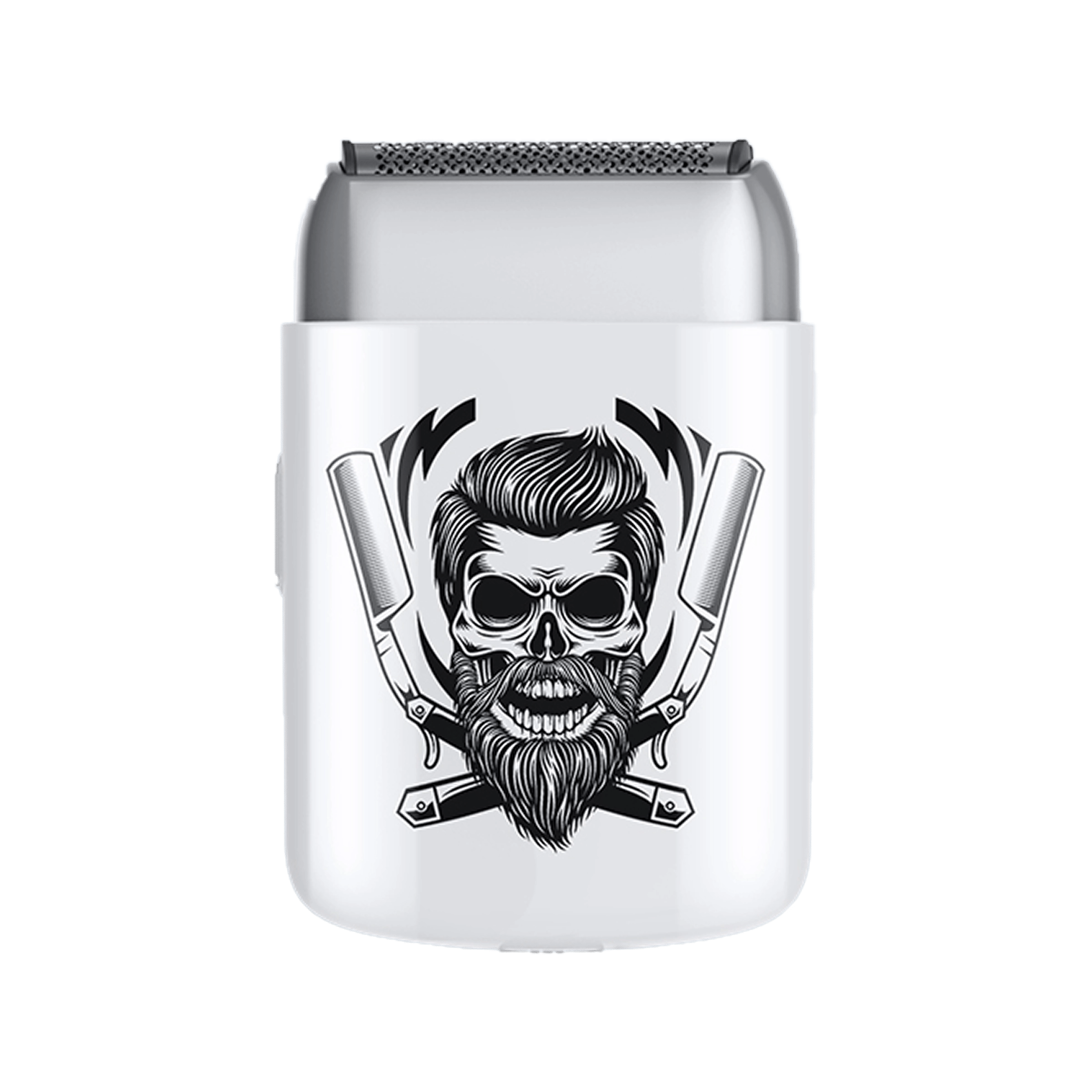

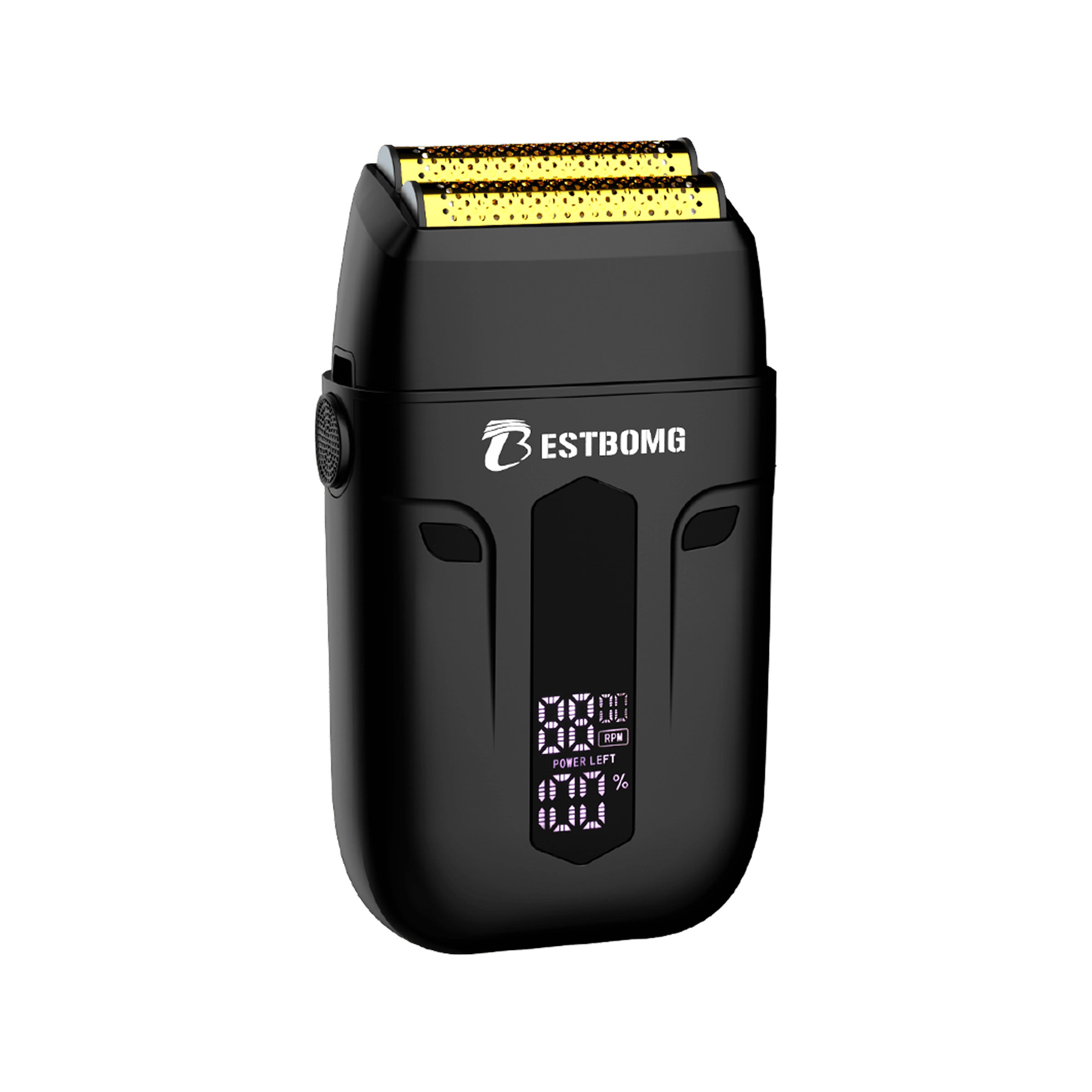
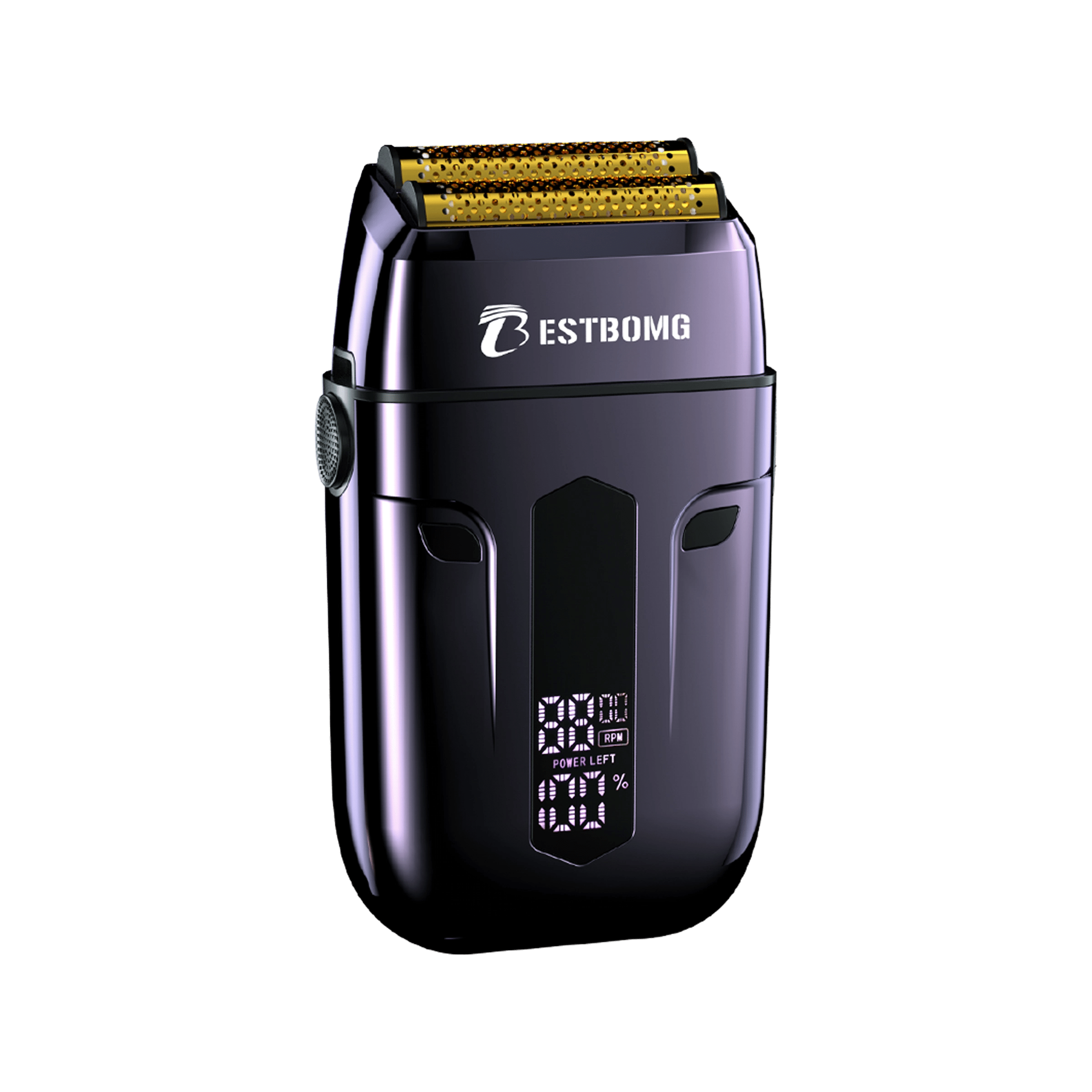

Dejar un comentario
Este sitio está protegido por hCaptcha y se aplican la Política de privacidad de hCaptcha y los Términos del servicio.